How to get the sound of Abbey Road's vintage plate reverbs
Waves' Abbey Road Plates plugin emulates four different physical plate reverbs from the iconic London studio
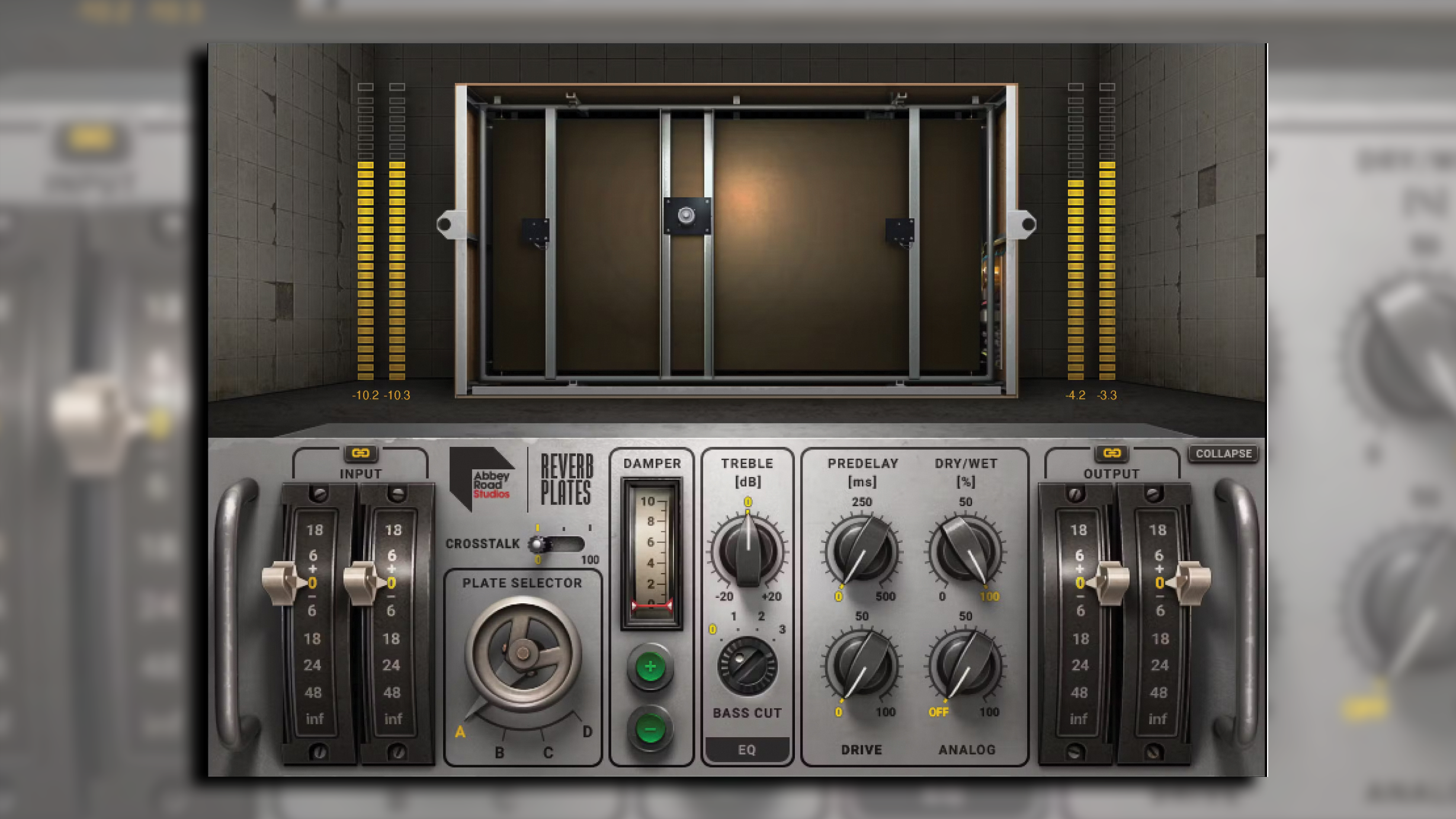
Plate reverbs was one of the original – and one of the most cumbersome – ways of getting reverb in music.
As the name suggests, plate reverb was created with units that housed huge metal plates, vibrated by a transducer in the same way a transducer vibrates the cones in your monitors to produce sound.
Plugins that emulate plate reverbs have obvious advantages over these weighty units, and they sound great too.
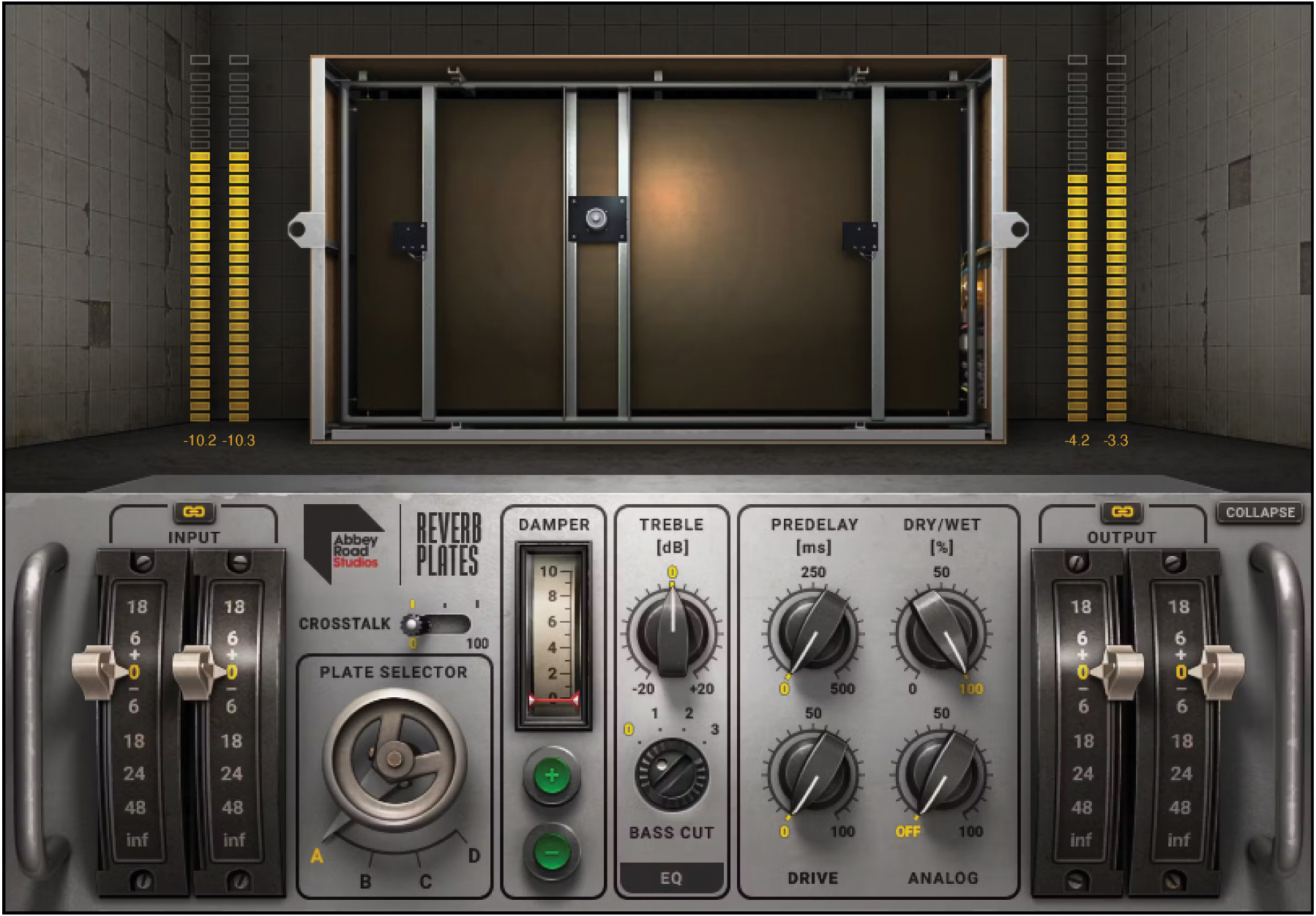
One of the best plate reverb plugins is Waves Abbey Road Plates which recreates the sound of the plates at the iconic studio.
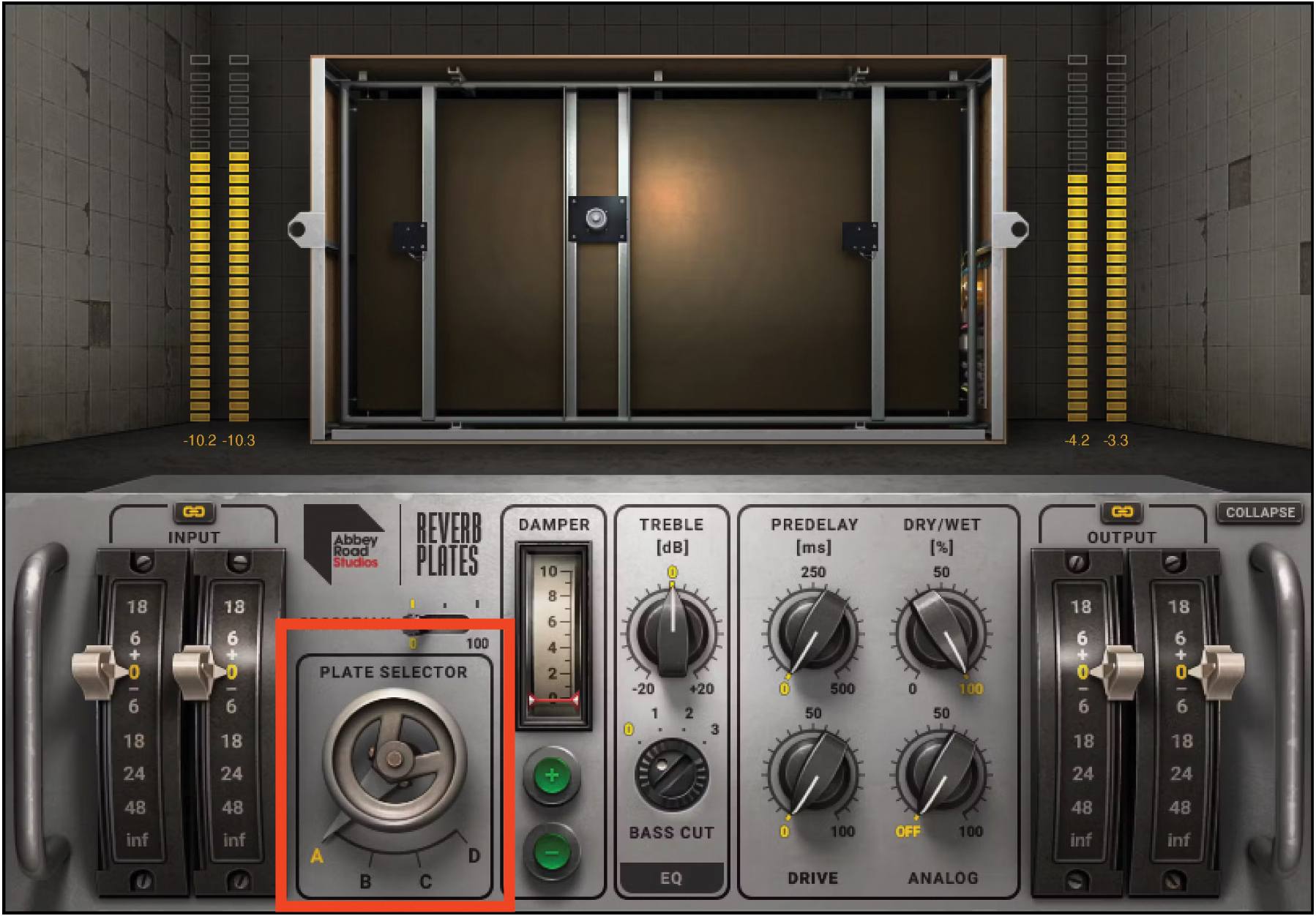
Plate reverbs are literally plates of metal vibrating thanks to a transducer ‘playing’ music onto the plate and the vibrations causing the resulting bright reverb. Abbey Road Plates emulates four different physical plate reverbs at Abbey Road. These have a different character with D sometimes favoured for vocals and the others for instruments, but it’s a matter of personal taste.

Plate reverbs will have standard reverb controls, although they may look a little different if modelled on the original ’60s hardware. Here the input and output might look like they’re going to beam you aboard the USS Enterprise but they simply set levels, and the Dry/Wet dial sets the level of the reverb.
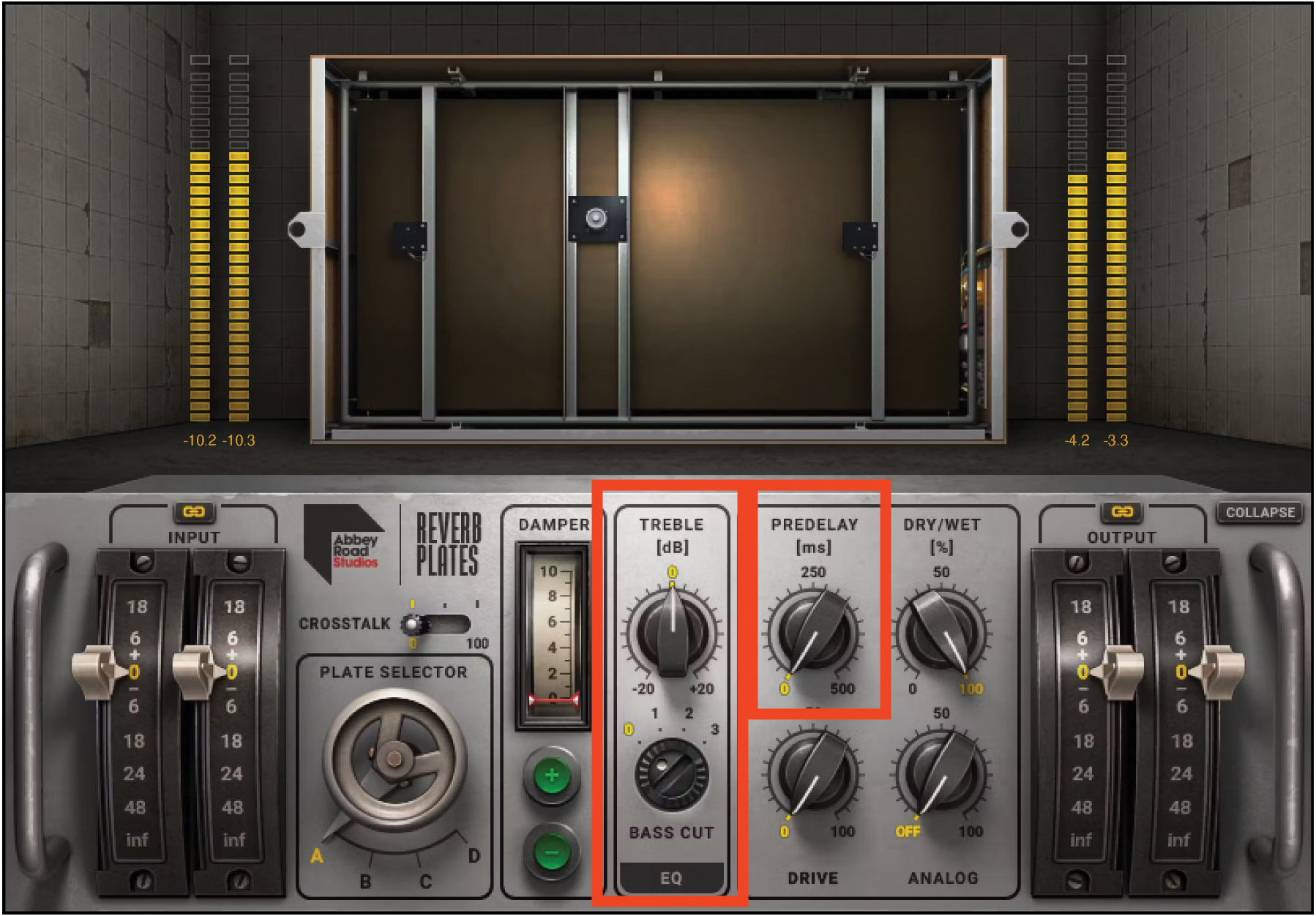
Similarly the Damper level is actually just the reverb time; the higher it’s set, the longer the effect. Predelay is standard though: the time between your input signals stopping and the first reverb reflection starting.
Want all the hottest music and gear news, reviews, deals, features and more, direct to your inbox? Sign up here.
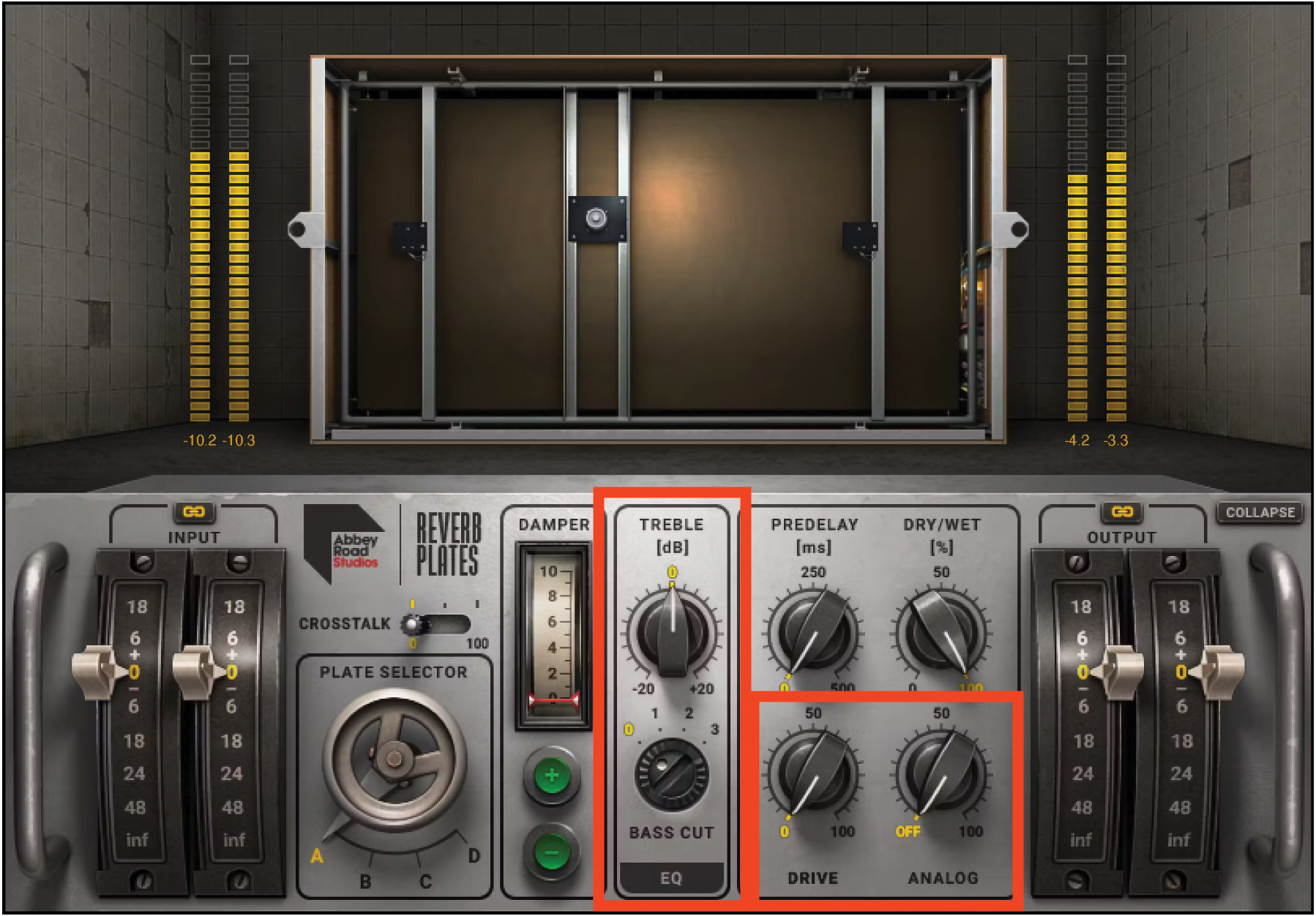
Finally standard EQ dials let you shape your tone and the Drive dial adds some saturation, emulating the original amplifiers, while the Analog dial adds some noise and hum; the sound of the device’s circuits, if you like.

For free reverbs, TAL’s Reverb 2 and Reverb 4 will give you excellent plate reverbs. While our very own Hyperspace CM2, available free with every issue of our sister magazine Computer Music, might not be for specific plates, it is flexible enough to give you similar results.
Andy has been writing about music production and technology for 30 years having started out on Music Technology magazine back in 1992. He has edited the magazines Future Music, Keyboard Review, MusicTech and Computer Music, which he helped launch back in 1998. He owns way too many synthesizers.
